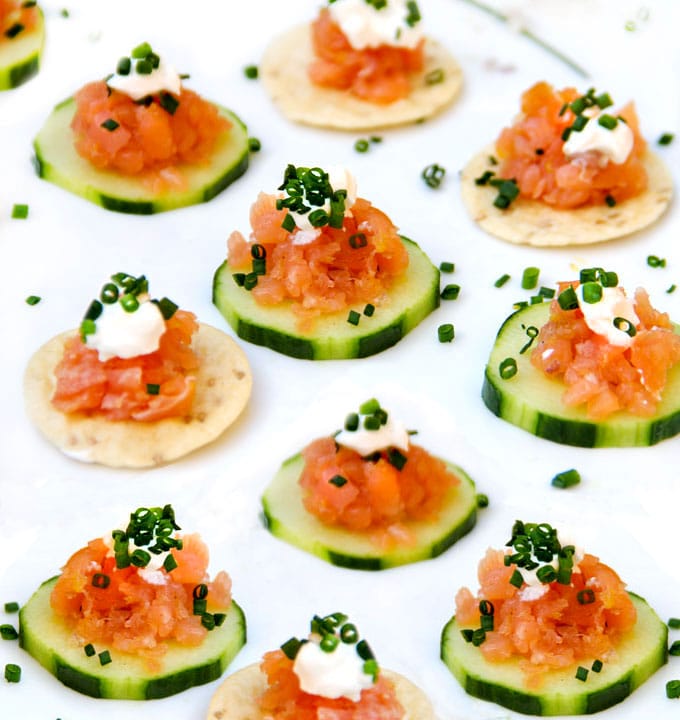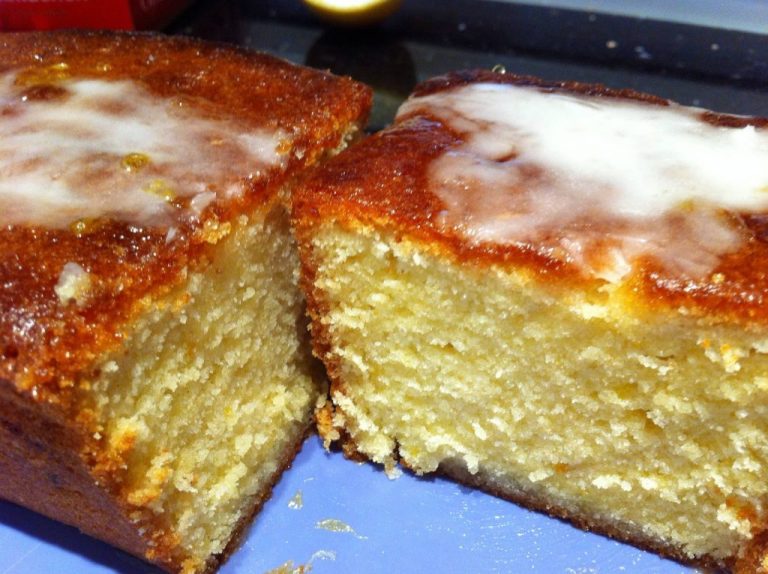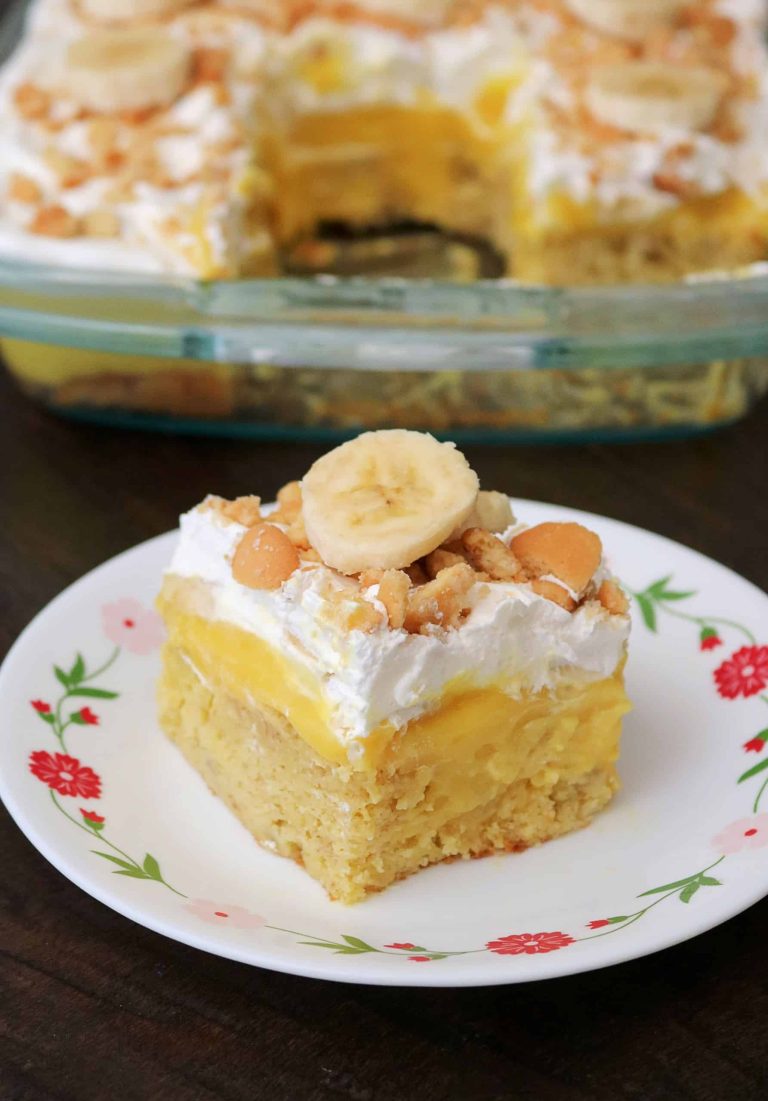Japanese Banana Rice Pudding: Easy Recipe, Variations, and Serving Tips
Japanese Banana Rice Pudding blends traditional Japanese culinary techniques with a modern twist. Originating in Japan, this dessert highlights the importance of rice in Japanese cuisine. Rice, a staple in Japanese diets, symbolizes prosperity and fertility. By incorporating bananas, a fruit not native to Japan but popularized during the Meiji era, the dish bridges historical food practices with contemporary tastes. This fusion dessert represents innovation in Japanese dessert making, reflecting the nation’s adaptability and openness to global influences.
Key Ingredients and Flavors
Key ingredients in Japanese Banana Rice Pudding include short-grain rice, ripe bananas, coconut milk, and sugar. Short-grain rice provides a creamy texture due to its high starch content. Ripe bananas contribute natural sweetness and a smooth consistency. Coconut milk adds richness and complements the flavors. Sugar enhances the sweetness while retaining the dish’s delicate balance.
The flavors in the pudding are subtle and harmonious. The creamy texture of the rice pudding blends with the sweetness of bananas and the rich coconut milk, creating an indulgent experience. Hints of vanilla or a dash of cinnamon can be added for extra depth, providing a comforting aroma and an inviting flavor profile.
How to Make Japanese Banana Rice Pudding
Essential Ingredients
Gather these ingredients to create Japanese Banana Rice Pudding:
- Short-grain rice: Ensures the pudding is creamy and smooth. Use 1 cup.
- Ripe bananas: Adds natural sweetness. Use 2 ripe bananas.
- Coconut milk: Provides a rich, silky texture. Use 1 can (14 oz).
- Sugar: Enhances the flavors. Use 1/4 cup.
- Water: Required to cook the rice. Use 2 cups.
- Salt: Balances the sweetness. Use a pinch.
- Vanilla extract: Adds a depth of flavor. Use 1 tsp.
Step-by-Step Cooking Process
Follow these steps to prepare the pudding:
- Cook the Rice: Rinse the short-grain rice under cold water until the water runs clear. In a medium saucepan, combine the rice with 2 cups of water. Bring to a boil, then reduce the heat and simmer for 15 minutes or until the water is absorbed.
- Mix Ingredients: Add the coconut milk, sugar, and a pinch of salt to the cooked rice. Stir well to combine and cook over medium heat for 10 minutes, stirring frequently to prevent sticking.
- Mash Bananas: While the rice mixture cooks, peel and mash the ripe bananas in a bowl until smooth.
- Combine Bananas and Rice: Add the mashed bananas and vanilla extract to the rice mixture. Stir until all ingredients are well incorporated. Cook for an additional 5 minutes, stirring frequently.
- Simmer and Thicken: Allow the pudding to simmer until it thickens to your desired consistency. Stir constantly to prevent burning.
- Cool and Serve: Once thickened, remove the pudding from heat. Let it cool slightly before serving. For a chilled dessert, refrigerate for at least 2 hours before serving.
Enjoy your Japanese Banana Rice Pudding as a delightful fusion of creamy rice, sweet bananas, and coconut milk.
Nutritional Benefits
Health Considerations and Dietary Benefits
Japanese Banana Rice Pudding offers various health benefits due to its nutritious ingredients. The primary component, short-grain rice, provides essential carbohydrates, which serve as a significant energy source. When you combine it with ripe bananas, you also gain a good amount of dietary fiber, which aids in digestion and helps maintain steady blood sugar levels.
Coconut milk, another major ingredient, adds a dose of healthy fats essential for brain function and hormone regulation. It’s lactose-free, making it an excellent milk substitute for those with lactose intolerance. This ingredient also contains medium-chain triglycerides (MCTs), which are known to boost metabolism and support heart health.
Bananas are rich in potassium, an essential mineral for maintaining proper heart and muscle function. They also offer vitamin C, which supports the immune system and skin health. The natural sugars in bananas offer a healthier sweetness, reducing the need for added sugars.
The inclusion of vanilla extract not only enhances flavor but also provides antioxidants that can help protect your body from oxidative stress. When you minimize added sugar, this dessert becomes a healthy option for those watching their sugar intake.
This pudding suits various dietary preferences, including vegan and gluten-free diets, ensuring it fits well in diverse dietary plans. The combination of nutrient-dense ingredients makes Japanese Banana Rice Pudding a delicious yet health-conscious choice.
Serving and Presentation Ideas
Traditional vs. Modern Presentations
Traditional presentation keeps simplicity at its core. Serve the Japanese Banana Rice Pudding in small, ornate bowls. Garnish with a sprinkle of toasted sesame seeds or a few almond slivers to enhance its appearance. Using a bamboo platter for serving the bowls creates an authentic touch.
Modern presentation offers room for creativity. Layer the pudding in a glass parfait dish for a visually appealing effect. Top with fresh mint leaves, banana slices, or a drizzle of honey. Alternatively, add a dollop of whipped coconut cream and a dusting of cocoa powder for sophistication.
Pairing Suggestions
Pair Japanese Banana Rice Pudding with complementary beverages and side items. Green tea or matcha latte are traditional drink choices, offering a balanced flavor profile alongside the creamy dessert.
For a modern twist, consider serving with chai tea or coconut water, which align well with the pudding’s flavors.
Include fresh fruit slices like kiwi or mango on the side to add vibrancy. For added texture, accompany the pudding with a handful of toasted coconut flakes or a few pieces of dark chocolate. These pairings enhance the overall dining experience, making your dessert an exquisite treat.
Variations of Banana Rice Pudding
Regional Variations in Japan
Different regions in Japan offer unique variations of Banana Rice Pudding. In Kyoto, it’s common to add matcha powder to the pudding, giving it a distinct green hue and earthy flavor. This variation aligns with Kyoto’s rich tea culture. Another regional variation comes from Okinawa, where local brown sugar gives the pudding a deeper sweetness and caramel-like undertones. In Hokkaido, dairy-rich recipes incorporate local milk and cream, resulting in a creamier texture. These regional twists highlight the culinary diversity within Japan.
Innovative Twists on the Traditional Recipe
Modern versions of Banana Rice Pudding explore creative ingredients and techniques. Some recipes infuse vanilla or almond extract for added depth. Others add a tropical flair with mango puree or passion fruit drizzle. For a nutritional boost, use quinoa instead of rice, offering a different texture and higher protein content. Experiment with plant-based sweeteners like agave or stevia for a healthier take. Garnishes such as crushed pistachios or edible flowers elevate the presentation, making the dessert both delightful and visually appealing.
Conclusion
Japanese Banana Rice Pudding offers a delightful fusion of tradition and innovation. The combination of short-grain rice, ripe bananas, and coconut milk creates a creamy and nutritious dessert that appeals to various palates. With regional variations and modern twists, this pudding can be adapted to suit your taste preferences. Whether you enjoy it with a hint of matcha or a sprinkle of pistachios, this dessert promises a unique and satisfying culinary experience. Try experimenting with different ingredients and garnishes to make it your own.






